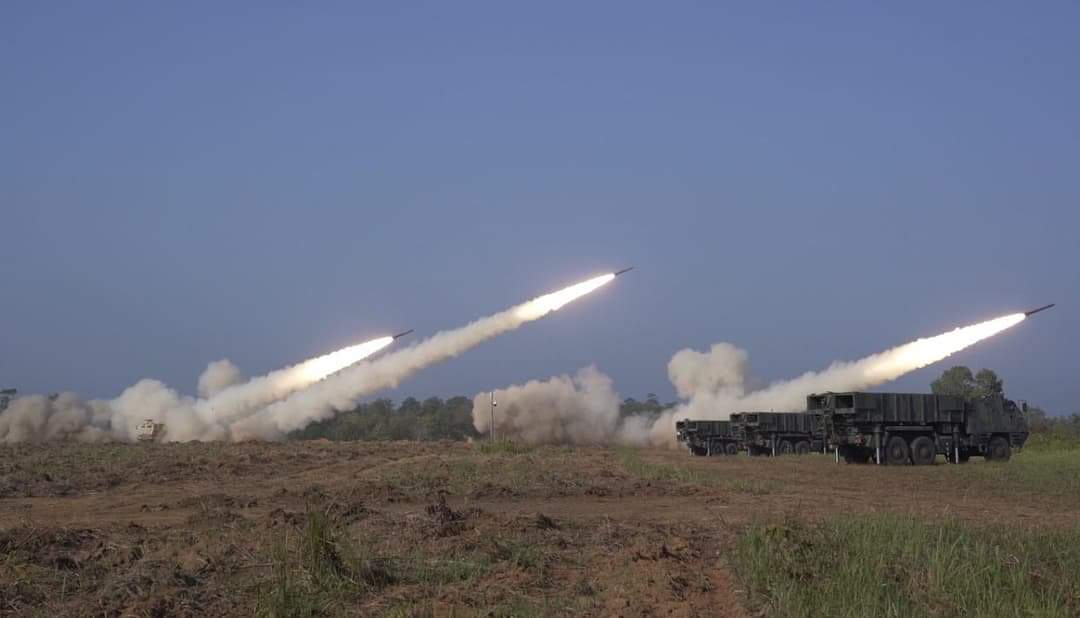The Indonesian and United States militaries are expanding their annual bilateral exercises to 14 participating countries. Troops from the United Kingdom, Australia, Japan, Malaysia, Singapore and Canada will be among those joining the Garuda Shield 2022 exercises from August 1 to 14. The 16th edition of the war games will include live-fire exercises, special operations and aviation components among other disciplines. The expansion of the exercises comes at a time of simmering tension in the region, with analysts saying the move signals Indonesia has moved closer to the US than China in military cooperation. Indonesia did not give an estimation of how many troops from each of the 14 countries would participate in this year’s Garuda Shield.

Garuda Shield is a two-week joint-exercise between the United States Army and Indonesian Army. The purposes of this joint-exercise is to enhance and enrich the jungle warfare ability of both U.S. Army and Indonesian Army. This joint-exercise took place in Indonesia. This joint-exercise was first held in 2009. Last year’s Garuda Shield involved two US Army divisions about 1,000 soldiers — as well as their Indonesian counterparts in what the US Army said was the largest edition of the war games to date. Indonesia has long maintained close military ties with Japan, Australia and ASEAN countries so their inclusion in Garuda Shield 2022 should not be surprising. Japan and Australia like the US have been highly critical of China’s actions in the South China Sea, the news of the August exercises could be expected to be “received uncomfortably” in Beijing.

Indonesia sits on the southern edges of the South China Sea, which has been a hotbed of military activity over the past few years as China has militarized disputed islands there and the US and its partners have challenged those claims. China and Indonesia have a recent history of friction around the Natunas, where Indonesia’s 200-nautical-mile Exclusive Economic Zone, a concept set out in the 1982 United Nations Convention on the Law of the Sea (UNCLOS), overlaps with the southernmost reaches of China’s expansive “nine-dash line” maritime claim. The past five years have seen frequent incursions of China into Indonesia’s EEZ. In response to the Chinese incursions, the Indonesian government has bolstered its military presence on Natuna Besar, and held military exercises in the surrounding waters.

Vietnam, Malaysia, and the Philippines have all come under Chinese pressure to end energy development projects operating in areas of the South China Sea claimed by Beijing. By the end of December 2021, the stand-off between Indonesia and China over their respective claims to the waters around the Natuna region became more strident. A Chinese survey vessel and two coast guard boats entered into the Indonesian EEZ, ratcheting up geopolitical tensions between the two countries. This was the first such stand-off in the region around the Tuna block, where the Chinese vessel was mapping the seabed for resources and began to object to the exploration activities by Indonesia. The repeated entry of Chinese ships into the Natuna Sea is a way of Beijing showing off its power, and sending an implicit message to Indonesia that the territory is part of its own.
















